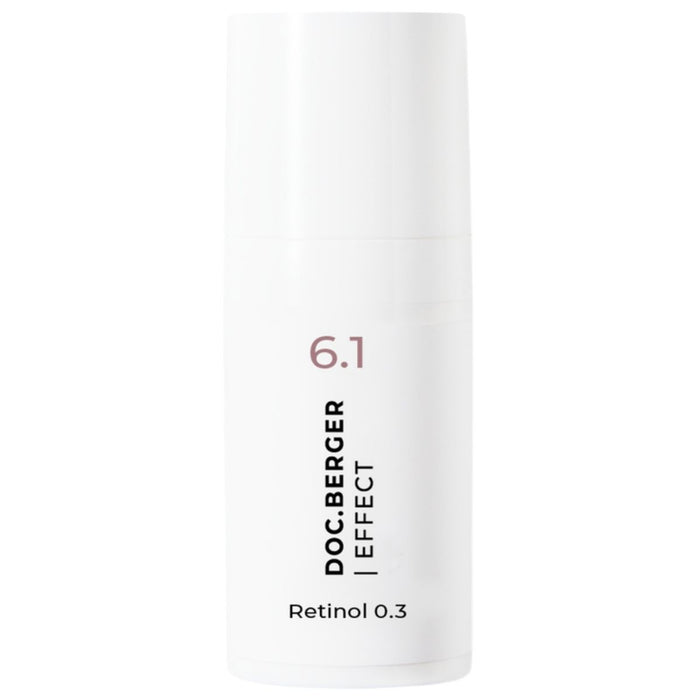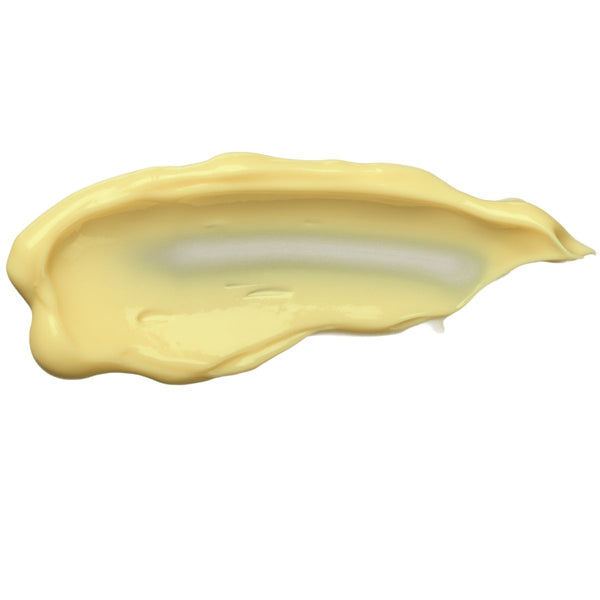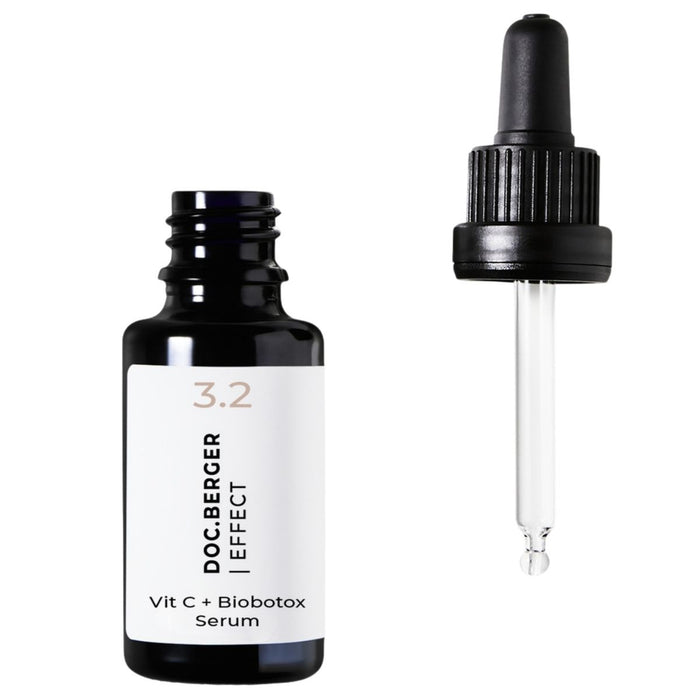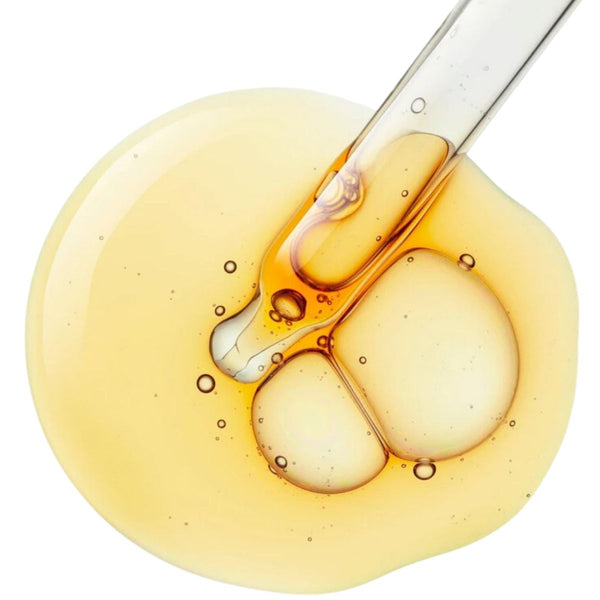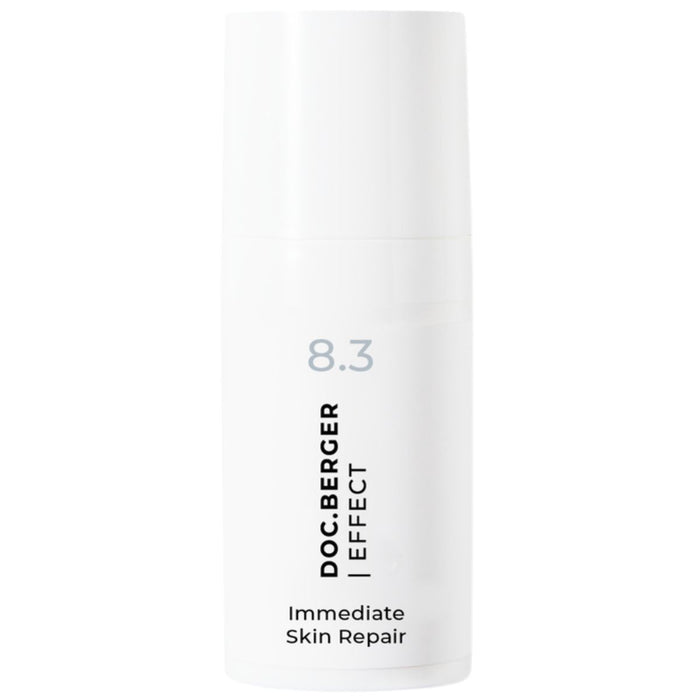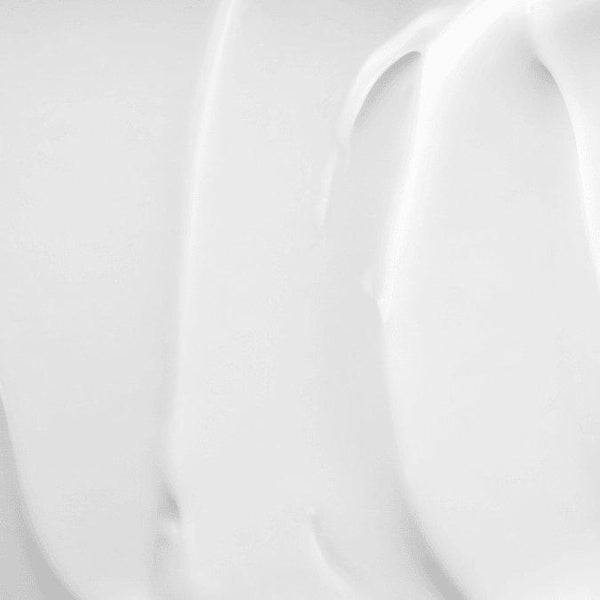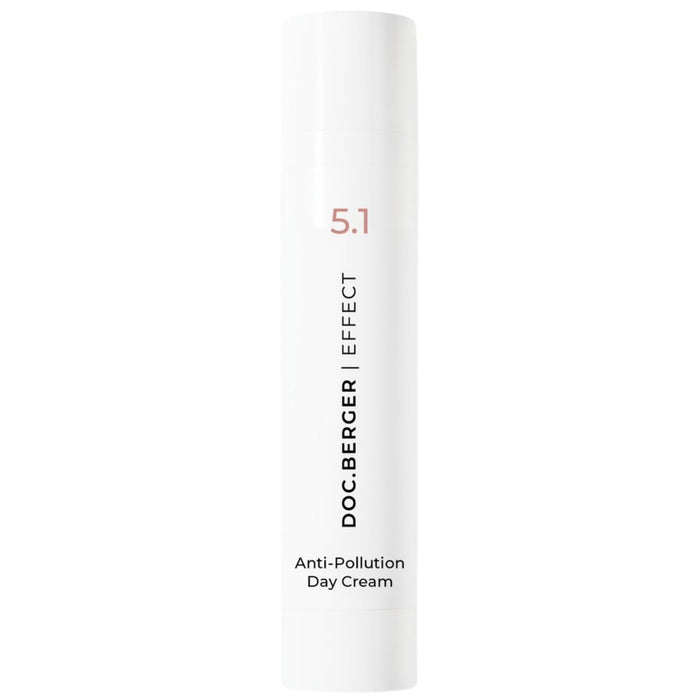How Do Scars Form?
Scars are the result of the skin’s natural healing process following injuries, cuts, burns, or inflammation. They can occur at any age and vary in appearance depending on the severity of the wound and individual skin characteristics.
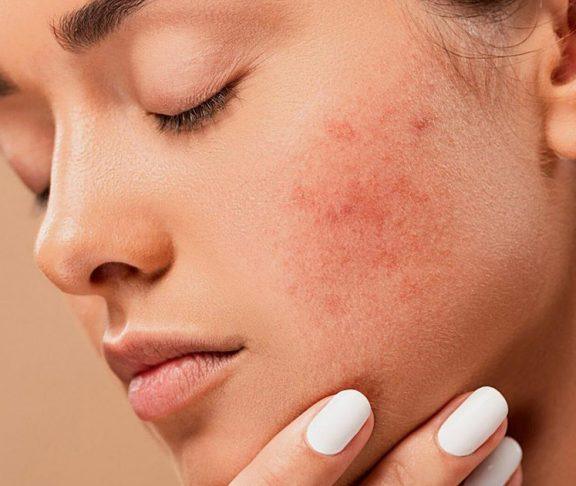
Main Causes of Scarring
• Injuries and Cuts: Any injury that penetrates beyond the outermost layer of skin can lead to scarring. This includes surgical procedures, accidents, and lacerations.
• Burns: Burns—especially second- and third-degree burns—affect deeper layers of the skin and often result in visible scars. Burns can also lead to contractures that tighten the skin and restrict movement.
• Acne: Severe acne can damage the deeper layers of skin and cause scarring, particularly when pimples or cysts are improperly squeezed or treated.
• Inflammation: Skin inflammation caused by conditions such as eczema or psoriasis can alter skin structure and lead to permanent scarring.
• Surgical Procedures: Operations often leave scars, and the size and visibility depend on the type of surgery and the individual's healing response.
• Tattoos and Piercings: These procedures can leave scars, especially if not performed professionally or if complications such as infections occur.
Factors That Influence Scar Formation
• Genetic Predisposition: Some individuals are more prone to pronounced scarring due to genetic factors. This includes the development of hypertrophic scars or keloids, which can grow beyond the original wound area.
• Age: Younger skin tends to heal faster and more actively, which can lead to more visible scars. Older skin heals more slowly and often forms less noticeable scarring.
• Wound Location: Scars in areas with high skin tension or frequent movement (e.g., knees, elbows) may become wider and more prominent. Areas with better blood circulation, such as the face, typically heal faster and with less visible scarring.
• Wound Care: Proper wound care—including clean dressings and infection prevention—can significantly reduce scarring. The use of scar creams or gels can further support healing and help improve the appearance of scars.
Treating Scars – How Does It Work?
There are several effective approaches to improving the appearance of scars and supporting skin regeneration:
Regenerating Skincare Products: Using targeted skincare formulations is essential to reduce the visibility of scars and improve overall skin texture. Effective active ingredients include:
• Retinoids (Retinol, Retinal): Promote cell turnover and improve skin texture, helping to visibly reduce the appearance of scars.
• Vitamin C: A powerful antioxidant that stimulates collagen production and brightens the skin, making scars appear less noticeable.
• Niacinamide (Vitamin B3): Enhances skin elasticity, reduces inflammation, and supports skin regeneration.
• Peptides: Strengthen the skin structure and boost collagen production for smoother, firmer skin.
• Aloe Vera: Provides hydration and has anti-inflammatory and healing properties that soothe the skin and support scar recovery.
Effective Cleansing: Thorough cleansing is important to remove impurities and prepare the skin for the application of regenerating products. Use a combination of cleansing foam and facial toner.
Moisturizing Care: Regular application of hydrating creams helps strengthen the skin barrier and maintain moisture levels, which promotes healing and improves the appearance of scars.
Sun Protection: Daily use of broad-spectrum sunscreen with a high SPF is essential to prevent further skin damage and support the healing of scars.
With consistent use of these measures, you can effectively reduce the visibility of scars and achieve smoother, more radiant skin.
Our Effective Products for Scars
Effective Active Ingredients for Scars
-
February 23 2024 – Dr. Luise Berger
RETINOL
Retinol works deep within the skin to combat the signs of aging. It helps reduce fine lines and wrinkles, improves skin texture and promotes a more even skin tone. Retinol...
Keep reading -
March 04 2024 – Dr. Luise Berger
VITAMIN C
Vitamin C is an effective antioxidant that neutralizes free radicals and thus protects the skin from oxidative stress. It contributes significantly to collagen synthesis, which makes the skin firmer and...
Keep reading -
March 26 2024 – Dr. Luise Berger
NIACIN / NIACINAMIDE / VITAMIN B3
Niacinamide works at a cellular level to strengthen and protect the skin. It improves the skin barrier by promoting the production of ceramides, leading to better moisture retention and reduced...
Keep reading -
March 28 2024 – Dr. Luise Berger
ECM™ MODULINE PEPTIDE
ECM™ Moduline Peptide is a state-of-the-art ingredient in skincare that plays a key role in the regeneration and repair of the extracellular matrix (ECM). This ingredient is specifically designed to...
Keep reading -
March 15 2024 – Dr. Luise Berger
ACETYL-HEXAPEPTIDE-8 / ARGIRELINE® / ACETYL HEXAPEPTID 3
Argireline® works by reducing the intensity of muscle contractions in the face, which leads to a reduction in wrinkle formation. It is the only anti-wrinkle peptide with clinically proven effects...
Keep reading -
March 04 2024 – Dr. Luise Berger
ALOE VERA
Aloe vera is known for its soothing, moisturizing and healing properties. It contains antioxidants, enzymes, vitamins A and C and minerals that nourish and protect the skin. Aloe vera has...
Keep reading




